
Pigs are smart and clever animals. They are independent and can live with minimal supervision. But sometimes a pig behavior perplexes a starting pig farmer, or even a pet owner.
Learning how to handle and deal with your pigs relies mainly on understanding their behavior. Here is a list of pig behavior to guide pet lovers and farmers alike.
1) High level of activity
Pigs love to explore, graze, and escape pens. They require a spacious place for them to roam around. This pig behavior is common to commercial and wild pigs or boars. Animal behaviorists explained that pig's tendency to wander around and forage is a natural legacy from the past.
2) Carrying leaves and plants back to the shelter
If you are a new farmer and sees that several pigs are carrying some leaves to the shelter, do not be surprised and take away the leaves. This is a customary pig behavior. They are highly social animals and bringing food back to the nesting area is like a typical man bringing home food for his family.
3) Mud wallowing
Pigs love to wallow in the mud because it cools their skin. Pigs do not have sweat glands on their body. Instead, they sweat through their snouts. The mud also serves as a sunblock and a repellant for flies and biting insects. So next time you see your pigs enjoying a mud bath, don't think that they love to be dirty. They just want to cool and be protected from outside elements.
4) A restless sow or female pig walking away from the group
Just before giving birth, a female pig will seem restless and might walk away from its group. If the sow is inside the pen, notice that it will dig and make a hollow in the soil or sand, and bring straw and vegetation to that place. The sow is trying to make a nesting area for her piglets. A similar behavior is noticeable in birds that make a straw nest for its eggs.
5) Rubbing their bodies and faces against posts, tree trunks, and wooden fences
Pigs love to be scratched and scratch themselves against anything that doesn't move, and hurt. But do not eliminate the idea of skin disease or mange affecting your pigs. Look for red spots, blistered ears, or scabs and thickened skins.
Pig behavior can be natural and sometimes sign of distress or symptoms of diseases. Learning how pigs behave naturally will help you through a process of elimination to look out for unusual signs when dealing with your pigs.
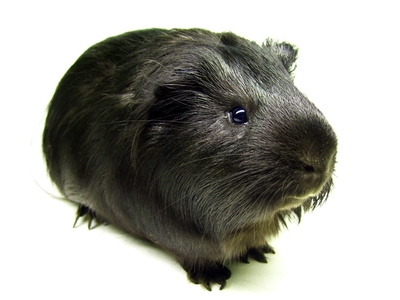 Stages of Guinea Pig Pregnancy
Stages of Guinea Pig Pregnancy
Stages
Stages of Guinea Pig Pregnancy
Stages of Guinea Pig Pregnancy
Stages
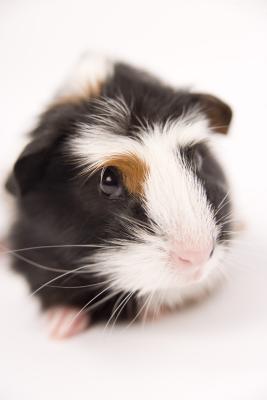 The Best Odor Control for Guinea Pig Bedding
The Best Odor Control for Guinea Pig Bedding
The Best Odor Control for Guinea Pig Bedding
The Best Odor Control for Guinea Pig Bedding
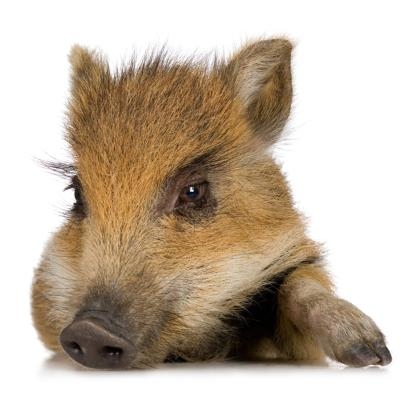 How to Potty Train a Pot-Bellied Pig
How to Potty Train a Pot-Bellied Pig
H
How to Potty Train a Pot-Bellied Pig
How to Potty Train a Pot-Bellied Pig
H
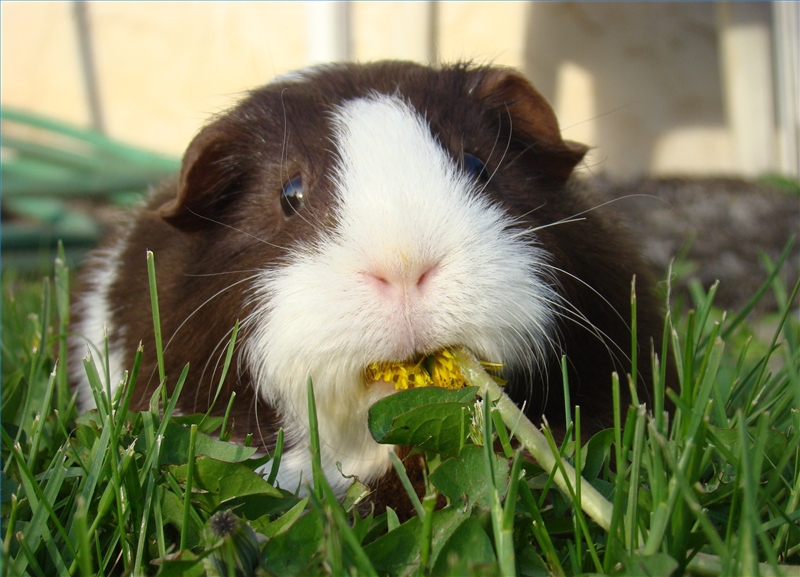 What Are the Causes of Guinea Pig Hair Loss?
What Are the Causes of Guinea Pig Hair Loss?
What Are the Causes of Guinea Pig Hair Loss?
What Are the Causes of Guinea Pig Hair Loss?
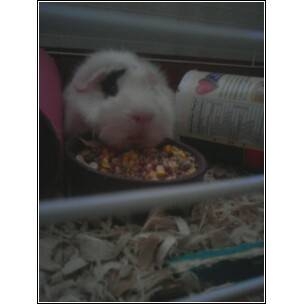 How to Make Guinea Pig Toys
How to Make Guinea Pig Toys
How to Mak
How to Make Guinea Pig Toys
How to Make Guinea Pig Toys
How to Mak
Copyright © 2005-2016 Pet Information All Rights Reserved
Contact us: www162date@outlook.com